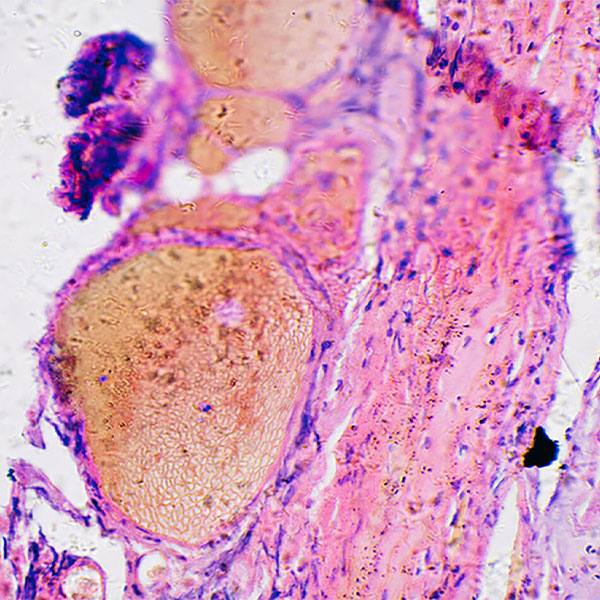Welcome to Mayo Clinic's Discovery's Edge
Find the latest medical research and education news.
Find the latest medical research and education news.

News Releases
Decades of data can now be used to pinpoint diseases earlier and transform healthcare. ROCHESTER, Minn. and ST. LOUIS — Mayo Clinic and Mercy are[...]
Latest stories








Signup to receive email notifications
Explore more topics
 Sign up
Sign up

Mayo Clinic Connect
An online patient support community
